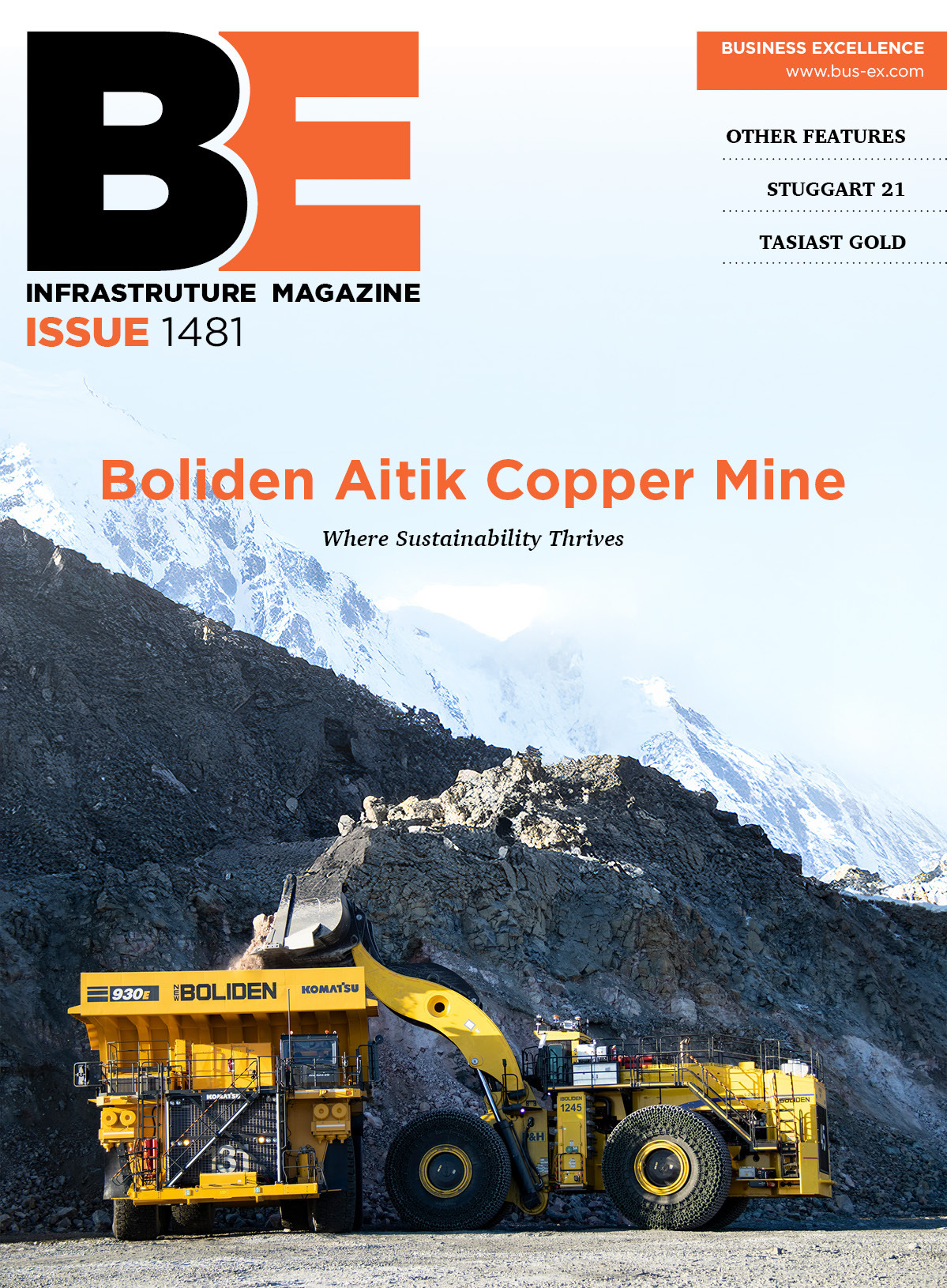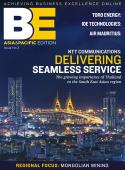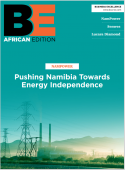Full time
With the World Cup now only six months away, the pieces are falling seamlessly into place, as Alan Swaby learns.
During the week of writing this, the Green Point Stadium in Cape Town, venue for one of the World Cup semi-finals, was being handed over to its new owners a good two months earlier than required by the original FIFA schedule. ThereÔÇÖs still a bit of titivating needing to be done on some of the boxes and a few of the approach roads outside the stadium; but the grass is down, the seats are in place and everything is ready for the teams to run onto the pitch.
The achievement is all the more remarkable under the circumstances. Last-minute value engineering changes delayed the award date by three months. ÔÇ£This had a knock-on effect,ÔÇØ says design manager Liam Walsh, ÔÇ£and meant we were digging holes in the winter when the weather in Cape Town is very wet. Then FIFA asked us to complete two months earlier, which we did, meaning that the whole building process has been accelerated considerably.ÔÇØ
The construction work in question has been the responsibility of a 50/50 joint venture between Murray & Roberts and WBHO, two of the big names in South African construction. Even with a price tag of circa R3.6 billion, itÔÇÖs not outside the scope of either company to have handled it individually; but with the World Cup creating an absolute bonanza for the construction industry throughout the entire country, lack of manpower was the single biggest reason for pooling resources. The two companies have collaborated together on previous projects, with Murray & RobertsÔÇöin the case of the Green Point StadiumÔÇötaking the lead on staffing.
ÔÇ£Even then, it was difficult to get the trades people we needed,ÔÇØ says Walsh, who himself was brought in from Ireland to work on the project. ÔÇ£We had to run on-site training schools to provide basic skills or upgrade the capabilities of semi-skilled artisans. But at times, finding two or three hundred carpenters or steel fixers was a resources nightmare. A lot of juggling was necessary.ÔÇØ
In the same way, raw materials were often in short supply. Construction steel for Green Point had to be imported from Kuwait and Poland and the project would have slipped considerably without having its own concrete batch plant on site.
With the World Cup having government backing at the highest level, itÔÇÖs unlikely that protests would have been given serious consideration. Nevertheless, there was a fair degree of initial oppositionÔÇödescribed as being of the ÔÇÿsoftÔÇÖ varietyÔÇöabout the location, cost and even the fundamental need for a new stadium, bearing in mind that Cape Town has Newlands, which some think could have been upgraded. The full gamut of statutory approval processes from environmental impact assessment, rezoning, consent use and building plan approval still had to be gone through.
The Murray & Roberts / WBHO Joint Venture played a big part in swaying public opinion. ÔÇ£There probably isnÔÇÖt a school child in Cape Town who hasnÔÇÖt toured the stadium site,ÔÇØ says Walsh. ÔÇ£Similarly, lobby groups were all invited to become a part of the process and communication with the local community in particular has been a high priority.ÔÇØ
Just as the general mood in South Africa regarding the World Cup has strengthened from one of apprehension to general optimism that everything will be completed on schedule, so too has public opinion swung round in favour of Green Point. ÔÇ£The area is one of faded splendour,ÔÇØ explains Walsh. ÔÇ£Most people see the stadium as an integral part of rejuvenating the districtÔÇöwhere the waterfront is already a tourist destinationÔÇöand itÔÇÖs likely that Green Point will again become a more upmarket residential address as a consequence.ÔÇØ
Once construction got underway, it presented no more challenges than would any comparable project. The ground was something of an issue, made up largely of broken shale. ÔÇ£ItÔÇÖs always the case in situations like this,ÔÇØ says Walsh, ÔÇ£of how much you need to remove until you find solid bedrock. The cost implications of bigger foundations are at the forefront of everyoneÔÇÖs mind.ÔÇØ
Being part of a residential district, sound was an issue both during construction and in overall design terms. Construction had a 7pm curfew so as not to disturb residents more than necessary. The stadium has been designed with a three-quarter extending glass roof, protecting spectators but leaving the playing area open to the elements. While construction has been designed to reduce noise levels, they wonÔÇÖt be eliminated completely. Local residents will be well aware when a goal is scored but not unduly bothered otherwise.
Countless billions of rand have been spent on upgrading infrastructure and facilities that will have lasting benefit to the local population as well as visitorsÔÇöof which there are going to be a lot. Immediately after the draw was made in early December, it was reported that 250,000 tickets had been sold.
At the start of the work, Murray & Roberts saw the project as a way of re-establishing its civil construction capabilities in a part of the country that had been somewhat bypassed when it came to major investments. The World Cup was seen as a springboard for further redevelopment of the waterfront over and above the hotels built around World Cup needs. There was also talk about extending the existing nuclear power plant. The recession, though, has put paid to such grandiose schemes, at least for the short term.
There are still major construction projects taking place, however. In Gauteng, the state electricity commission Eskom is building 12 new boilers which will keep the construction pot bubbling along; but it could be a while before Cape Town sees again the same level of activity as it has for the past few years.









